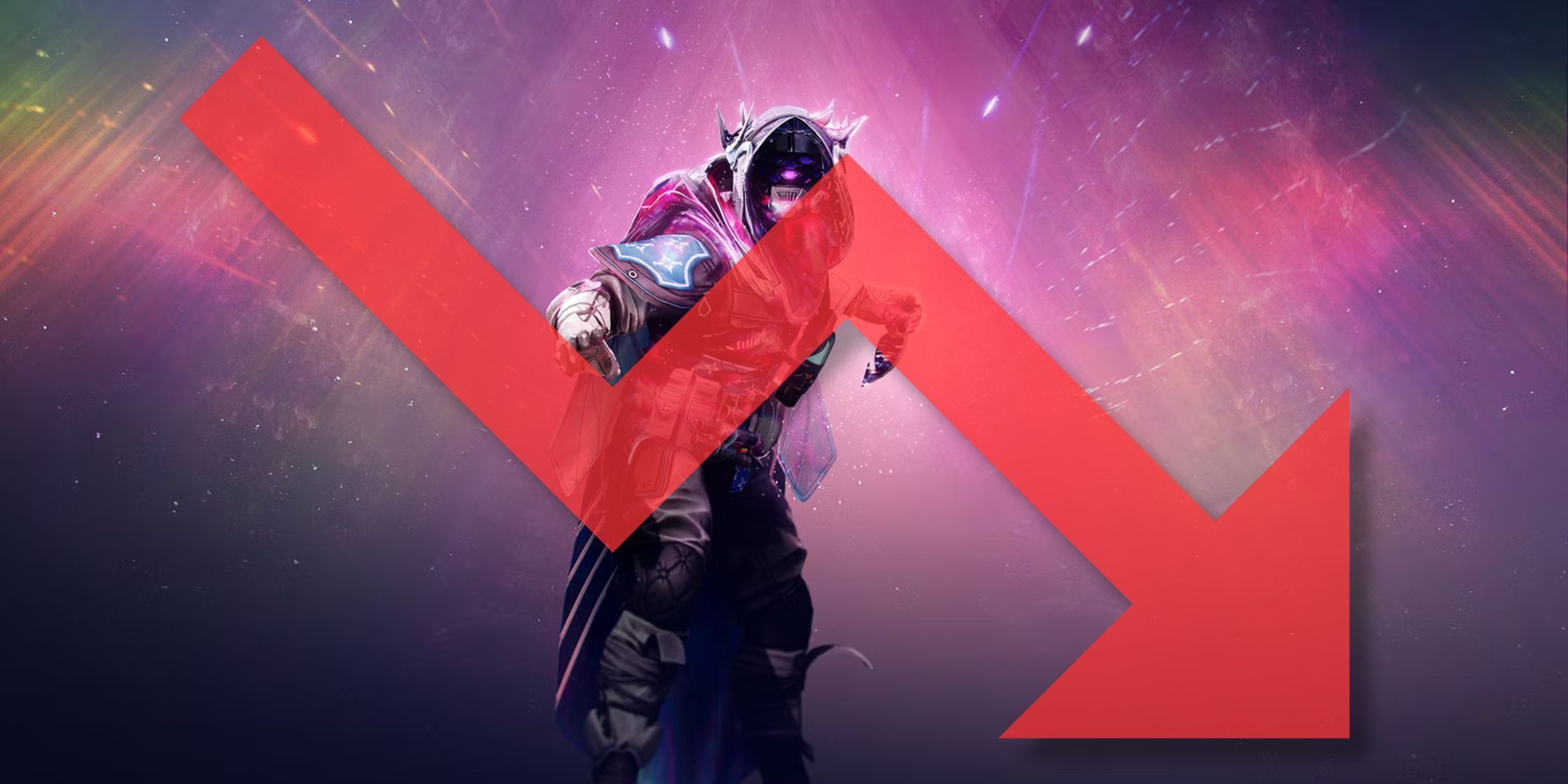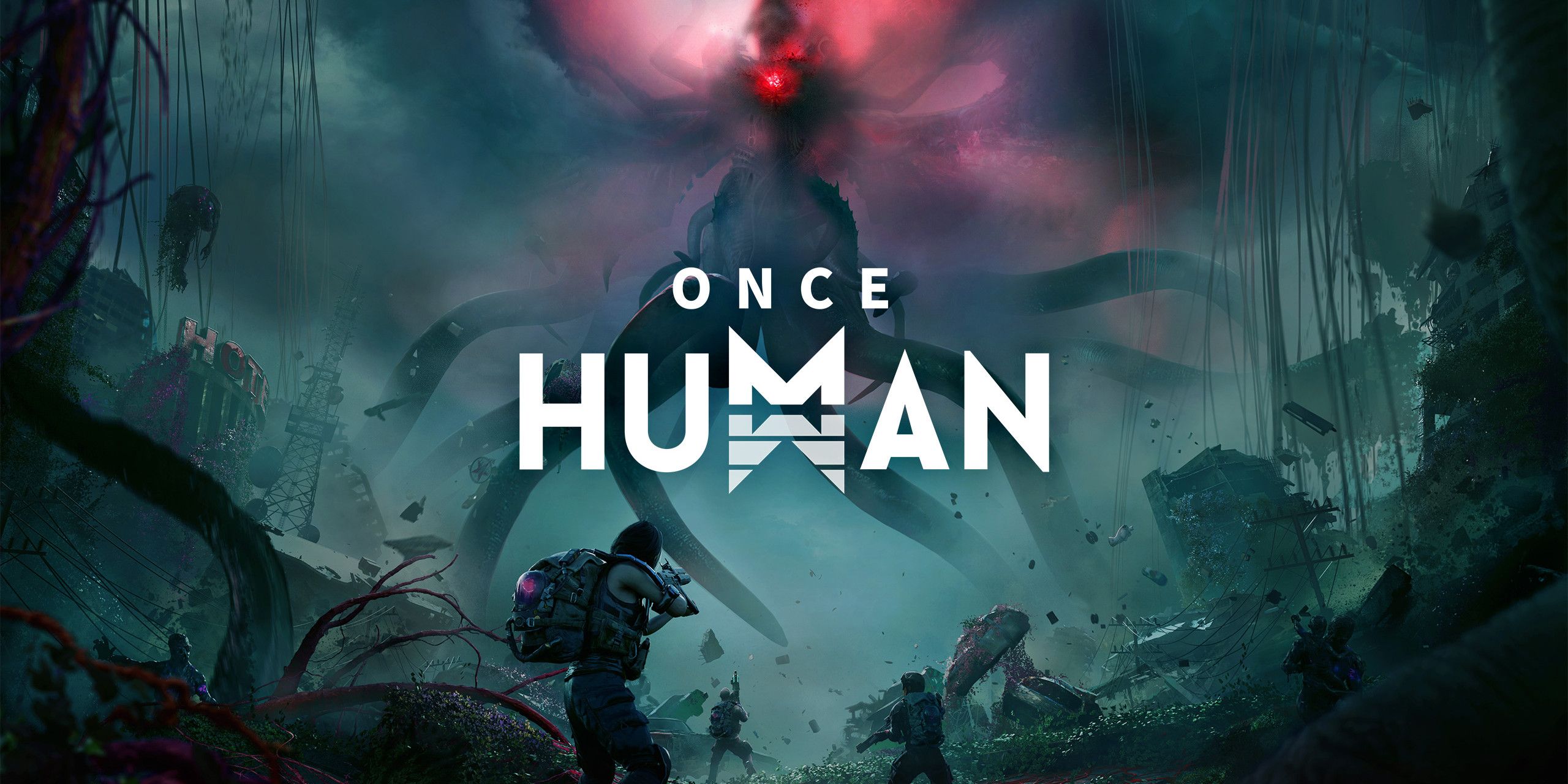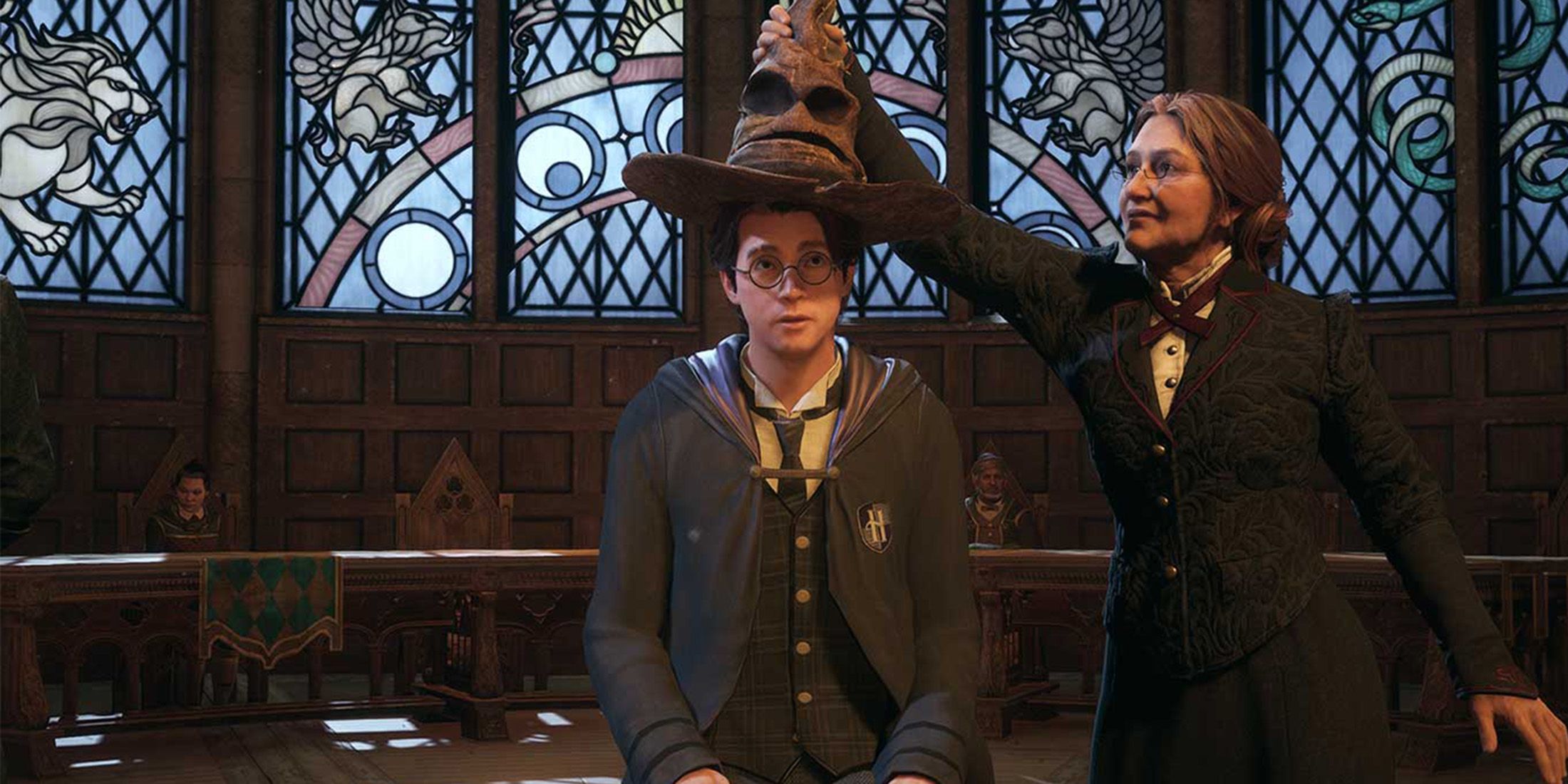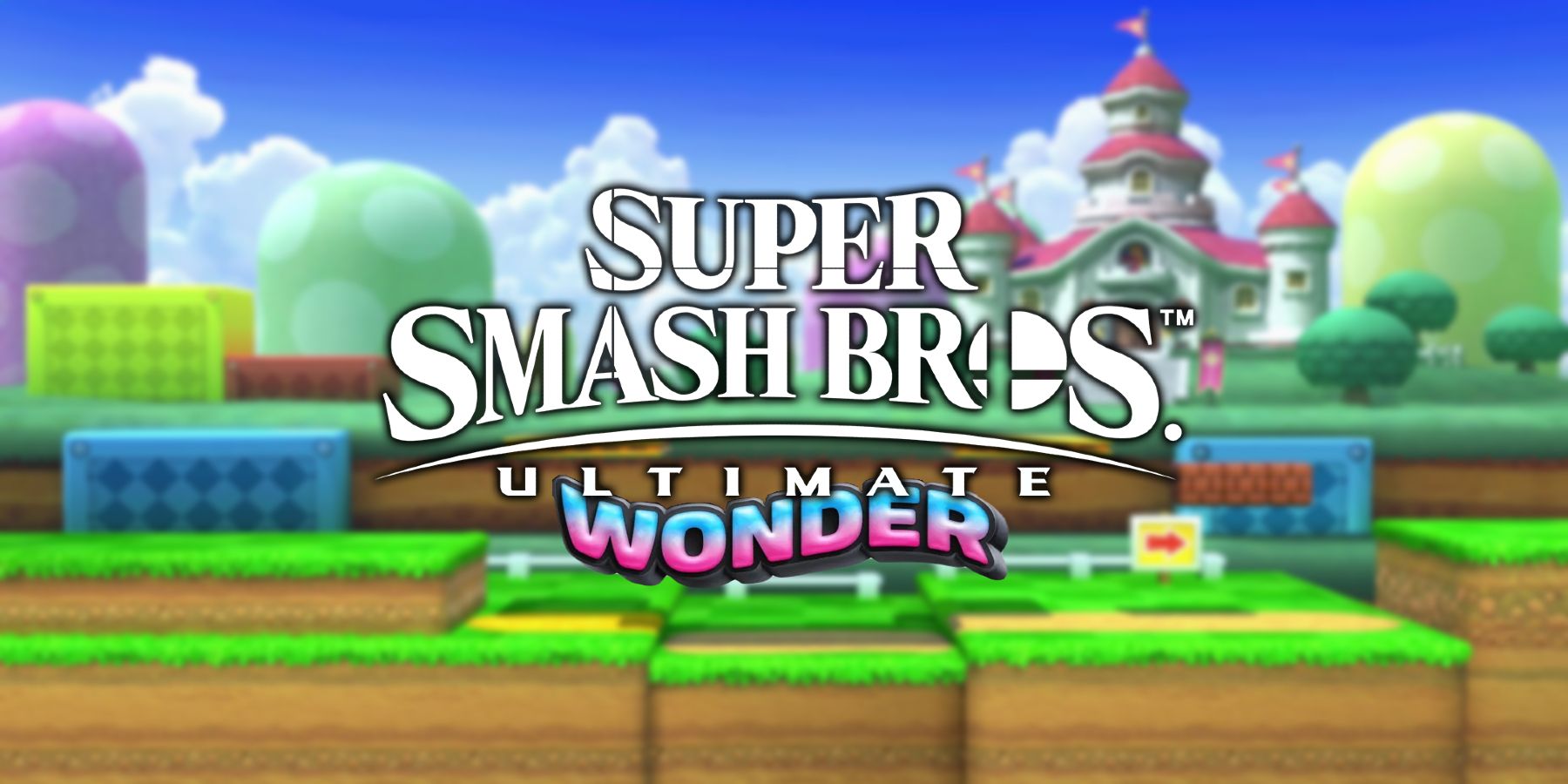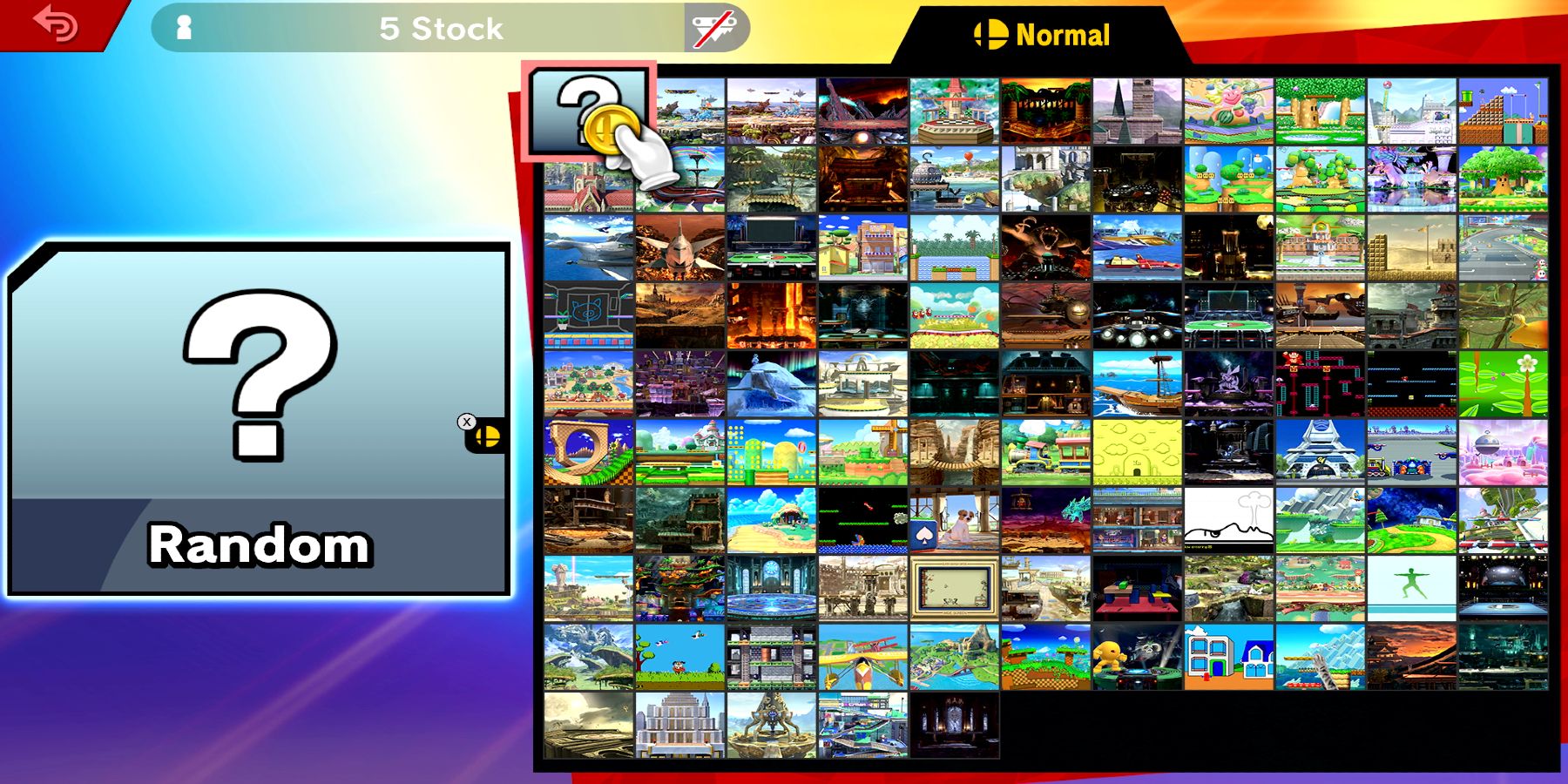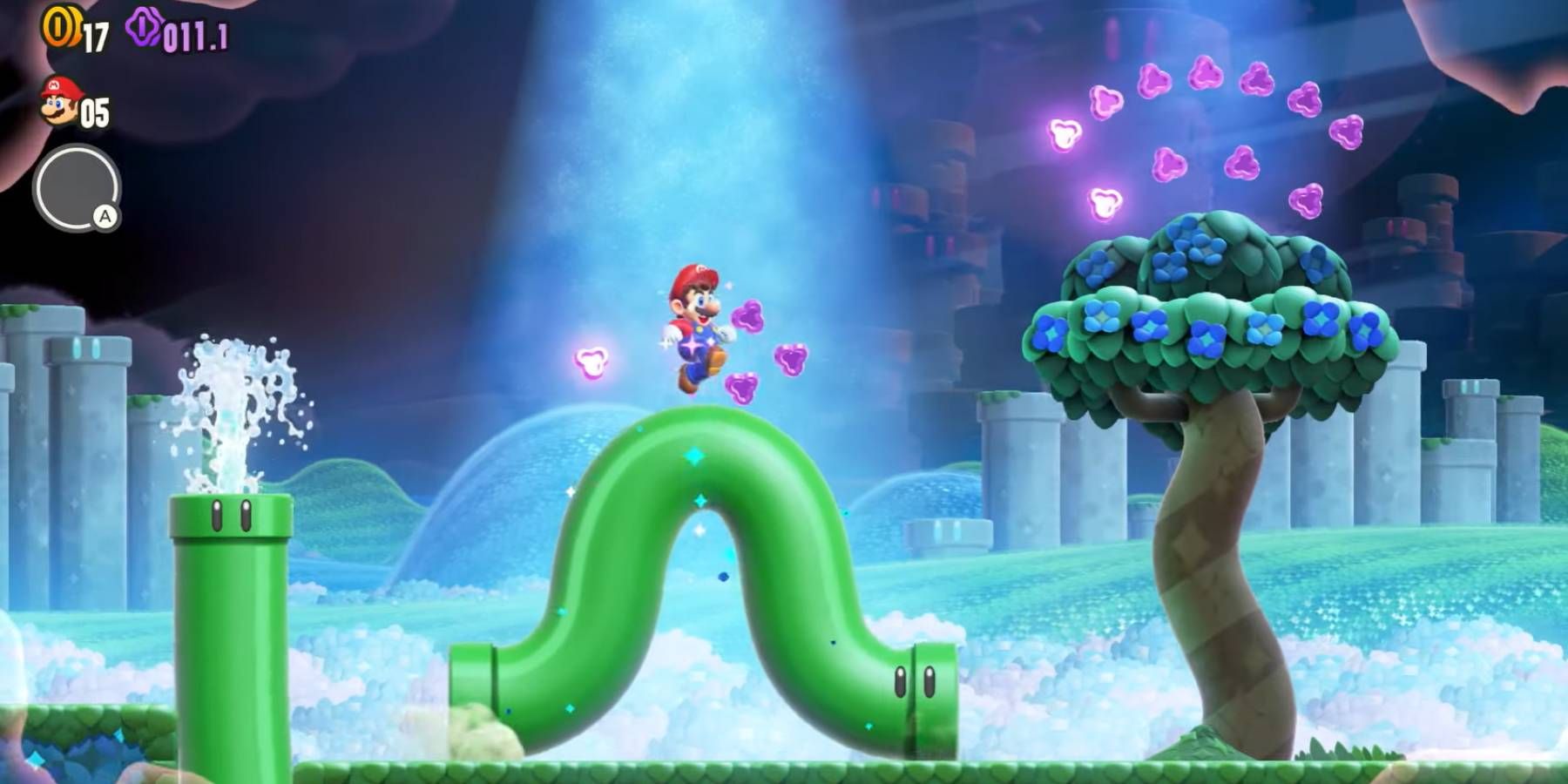Super Smash Bros. Ultimate hit its peak encompassing nearly two hundred video game franchises, but a prospective sequel should specifically look to the recent Super Mario Bros. Wonder for how it could revamp its level design. While Super Smash Bros. Ultimate has an extensive range of stages for players to choose from, the stages themselves have remained arguably formulaic. Due to a limited range of hazards such as moving platforms, obstacles, vehicles, and more, a sequel to Super Smash Bros. Ultimate needs to make stages more dynamic.
The recently revealed game mechanic that will be introduced in Super Mario Bros. Wonder could be the game changer that Super Smash Bros. Ultimate needs for its stage designs. Though the full range of Super Mario Bro. Wonder's new Wonder Flower could be even broader than what's been showcased so far in trailers, the effect it has on world design demonstrates that even ordinary-looking level elements such as warp pipes and trees can transform and switch up gameplay. Between these two Nintendo flagship series, both Super Mario Bros. Wonder and Super Smash Bros. Ultimate could help each other by sharing their best ideas.
Super Smash Bros. Ultimate Stages Got Shortchanged
Despite being seen as the most ambitious game of the series, featuring all previous characters alongside many new and unexpected faces, Super Smash Bros. Ultimate's selection of over one hundred stages doesn't appear to reflect this. Beyond the missing seventeen stages from previous Super Smash Bros. games, the stages themselves can remain relatively unchanged throughout gameplay. For instance, while Pokemon Stadium has various type-based transformations from conveyor belts to wind fans, and Luigi's Mansion is capable of being destroyed and rebuilt throughout gameplay, stages overall retain their basic layout.
Though this might help balance gameplay for newer players unfamiliar with each stage's transformations and hazards, it can become repetitive for more players who already know what to expect from a level before a match even starts. So even when these changes to Super Smash Bros. Ultimate's stages can be seen as practical, they are predictable and provide a limited challenge. To compound this, depending on how the match is organized, stage hazards can be toggled in Super Smash Bros. Ultimate, meaning that if these changes are more irritating than interesting, then players can just switch them off.
Adding Some Wonder to Super Smash Bros. Ultimate
Since the Wonder Flower seems to transform Super Mario Bros. Wonder's levels in various unpredictable ways, then this could be the perfect solution for a Super Smash Bros. Ultimate sequel to rectify its oversight in stage designs. For example, ordinary features across Super Mario stages can parallel Super Mario Bros. Wonder's own level changes, but other stages like Dream Land or Hyrule Castle could see trees, buildings, or backgrounds transform. A Super Smash Bros. Ultimate sequel could include a Wonder Flower-like ability that creates optional stage routes, providing different stage designs based on players' in-game actions.
The one barrier to this, however, is that Super Mario Bros. Wonder's new power-up might be treated as any other item in Super Smash Bros. Instead of granting its effects to every stage and adding something new for players to experience, the Wonder Flower could become another item that can be toggled on and off ahead of each match. Its effects might also be implemented differently, ranging from small details such as activating optional hazards to something more substantial like a randomizer that introduces unknown effects on players to swapping the current stage for another.
Super Smash Bros. Ultimate is available now on Switch.

